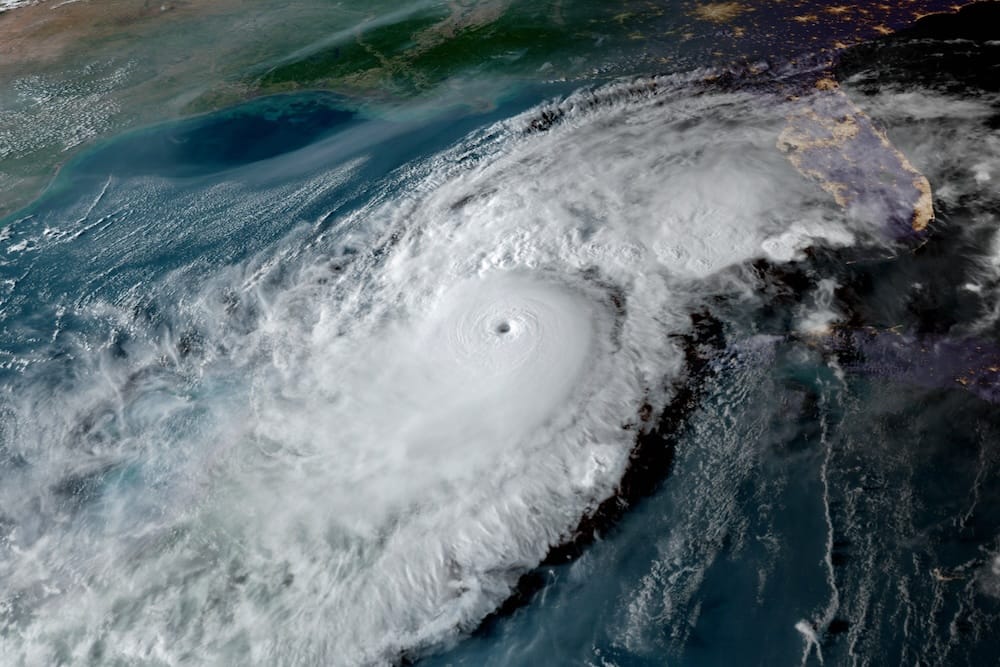

President Trump Announces FEMA Transition
President Donald J. Trump has revealed a significant shift in disaster response policy, stating on June 10 that his administration intends to begin 'phasing out' the Federal Emergency Management Agency (FEMA) after the current hurricane season concludes. During a briefing in the Oval Office, Trump emphasized a move towards state-level responsibility, saying, 'We want to wean off of FEMA, and we want to bring it down to the state level. ... We're moving it back to the states.' This marks a clear directive to reduce federal involvement in disaster management.
The President further elaborated that states would see a reduction in federal aid for natural disasters, with funding decisions coming directly from his office. He underscored the importance of state leadership in handling crises, adding, 'A governor should be able to handle it, and frankly, if they can't handle it, the aftermath, then maybe they shouldn't be governor.' This stance reflects a belief in empowering local governance over federal oversight.
Implications for State Disaster Preparedness
The announcement has sparked discussions about the readiness of states to manage disasters without substantial federal support. Trump's plan to wind down FEMA operations post-hurricane season suggests that states will need to bolster their own emergency response capabilities. The President has made it clear that the federal role will diminish, pushing governors to take on greater accountability for their constituents' safety during natural calamities.
While specifics on the timeline and exact nature of the phase-out remain limited, the administration's focus is on ensuring that states are prepared to step up. This policy shift aligns with a broader vision of reducing federal overreach and fostering self-reliance among state governments, a principle that resonates with those who value local control over centralized authority.
Federal Aid Adjustments and Future Outlook
As part of the transition, Trump noted that federal disaster relief funding would be adjusted, with less direct aid provided to states. This change aims to encourage states to develop robust, independent systems for disaster response and recovery. The President's office will oversee the allocation of any remaining federal support, ensuring that it aligns with the administration's priorities.
The decision to phase out FEMA after the hurricane season, which typically ends in November, comes as the nation braces for what some projections indicate could be a particularly severe period of storms. Despite the timing, the administration remains committed to this restructuring, viewing it as a necessary step to redefine the balance of responsibility between federal and state entities in safeguarding American communities.
Dues are $12 per year. Member benefits:
✅ Ad-Free Website Viewing
✅ Advocacy for Republican Seniors
✅ 120+ Senior Discounts
✅ Member Only Newsletters